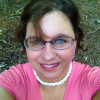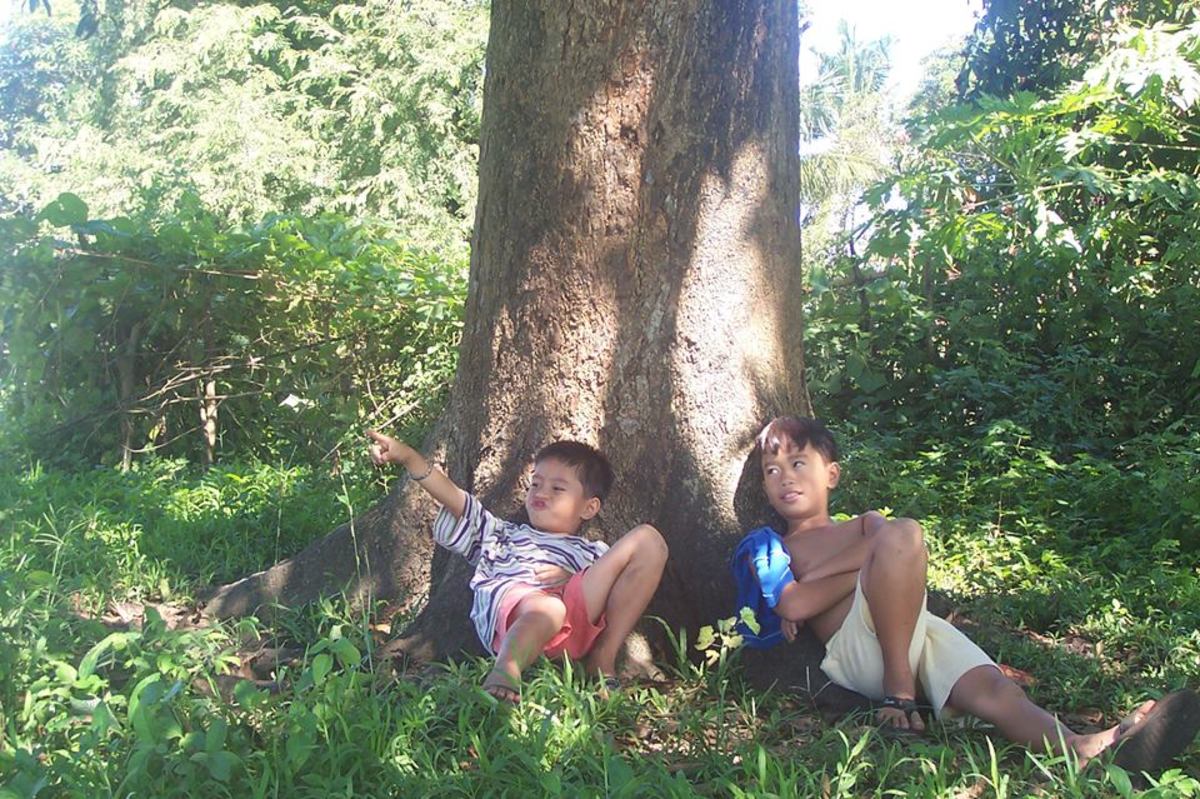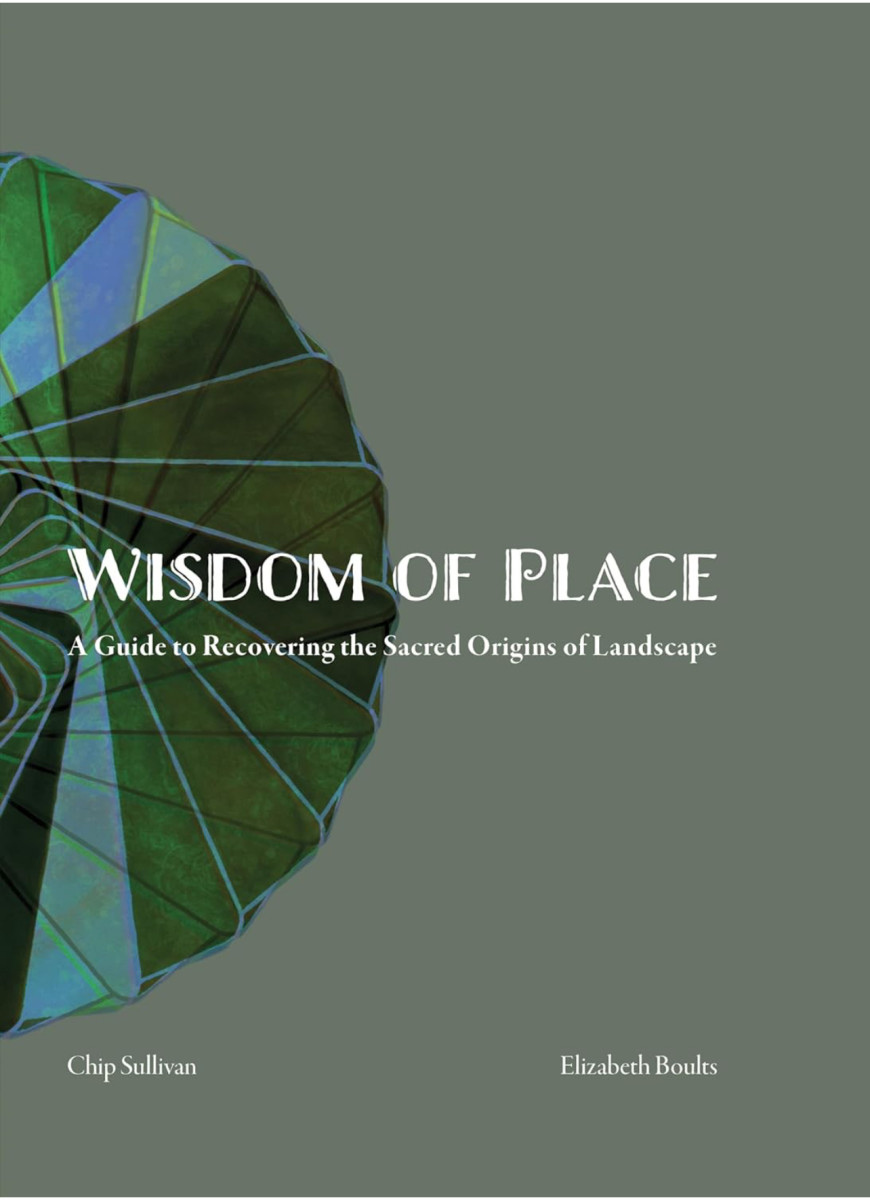Growing Old or Growing UP

Aging and dating in a modern society
Abstract:
While there are a vast array of developmental theories that cover the diverse complexities of the life span of human life, Bronfenbrenner’s Ecological Theory addresses that is more environmental influences that determine who a person becomes than biological factors. Everything from the church one attends to the type of music they listen to can help shape and mold the character of the individual. There are some environmental criteria that a person can have some influence on, such as the friends one choose to be associated with or the type of college they attend and the field of their major. There are many environmental aspects, however, that cannot be influenced or chosen by the individual, such as governmental laws and regulations, or the family one is born into.
Of the many issues that a person faces as they enter into middle aged, relationships are among the most important. For many middle aged adults, the trend is increasing for high divorce rates and younger people dying from disease, which is leaving many middle aged adults facing their last years alone. Some middle aged adults choose to stay alone, and feel that they have more control over their lives by their newfound independence. But, for many, they feel as though facing life as a middle aged adult being alone is a failure in what their life was supposed to be.
The Ecological Theory emphasizes the concept of environmental influences on how a person’s character. “This theory, published in 1979, has influenced many psychologists in terms of the manner of analyzing the person and the effects of different environmental systems that he encounters. The ecological systems theory has since become an important theory that became a foundation of other theorists' work” (Sincero) The theory encompasses a system built idea of varying environmental factors that influence development. Those include the Marocsystem, Exosystem, Mesosystem, Microsytem, and the Chronosytem. “The chronosystem: This system is the last system that Bronfenbrenner developed, this system develops as a result of a person's experience in his life, this includes environmental events and transitions in an individual’s life. This also includes the history of an individual and the events that happen to them in daily life.” (Bronfenbenner’s)
Some of the systems are easier to manage or have control over than others. “Each of these systems influences the individual’s psychological development in its own way. For instance, with regard to macrosystems, poor inner- city families experience more social problems than rural or urban middle- class families. The systems are so intricately entwined that conflict in one adversely affects all the others.” (NACCE)
For most middle aged adults, getting older is a reflection of the life they have lived, and the success or failures they have accomplished along the way. “Middle age is when most of us achieve the highest status in our professions. Because you have proven yourself, as a middle adult you are able to have more choice over your work tasks, hours and conditions. You receive more money, have more vacation time and other fringe benefits because you have earned it. Remember the earlier web page on the types of first jobs most young adults have? These tend to be limited in authority and creativity, in contrast to the type of positions which are occupied by people in middle age.” (Development) As a result of that self- reflection, they consider status in work or relationships as a measure of their character. Although, with studies showing that divorce rates are higher for middle aged adults, most middle aged adults who remain married do state that they are more fulfilled in their relationships as well as in themselves. For the ones who do enter the ranks of the divorced, “Many midlife individuals perceive a divorce as failing in the best years of their lives. The divorcer might see the situation as an escape from an untenable relationship, but the divorced partner usually sees it as betrayal, the ending of a relationship that had been built up over many years and that involved a great deal of commitment and trust.” (Santrock)
But just because middle aged adults get divorced, does not mean that they all see the ending of their marriage as a failure, “Despite the worry and stress involved in going through a divorce, three in four of the divorcees said they made the right decision to dissolve their marriage and reported a positive outlook on life.” (Santrock) With divorce rates on the rise, the numbers of middle aged adults finding themselves facing the adjustment of a new life are also increasing. “The divorce rate doubled between 1990 and 2009 among adults 50 and older in the U.S., according to a working paper released in March by the National Center for Family and Marriage Research at Ohio’s Bowling Green State University. Divorces are becoming much more frequent for middle-aged and older adults at the same time society’s overall divorce rate either is declining somewhat or at least is stable, the center said. It predicts the number of divorces will remain high for these groups in the future.” (Divorce)
In her article on online dating, McVeigh touched a chord, as humans, we are not designed to be alone. Women, in particular, regard relationships with very high importance, and facing the middle and late ages of life without a romantic partner or significant other can be devastating to some women. “But life, friendship and love for the single woman in her mid-40s and beyond has its own particular complications and sorrows.” (McVeigh) As a mid-40s single female, I have myself attempted the online dating route. It was rather difficult for me to adjust to initially, and most of the men I realized were quicker to move things along in the aspect of physical portion of relationships, but not so much the emotional aspect of relationships. That correlates to McVeigh’s article, "On dating sites men have the pick up and down the age range. They are also much more in a rush to get into a new relationship and are much less likely to give someone a second chance, which may seem callous but they are much more likely to fall in love quickly. For men, it's a case of you fulfil the criteria, let's buy the double duvet. Women are more cautious. It's a shame men aim for the younger age range because women of 45 and 55 are arguably much more sexually mature and able to give a lot more pleasure than, say, a woman of 25." (McVeigh)
Many people, like myself seemed to find a hard time adjusting to the new age of online dating. “"Finding your partner online was once regarded as a bit of a novelty, but this survey suggests it has become a common if not dominant way of meeting new partners, particularly if you are between 40 and 70 years old," study coauthor Bernie Hogan of the University of Oxford said in a statement.” (Sagon)
People are choosing to live single more often and for longer periods of time thank compared to in the past. Many young adults are choosing to wait later in life to marry or have children because they have discovered a desire to explore life and find themselves. “Contemporary solo dwellers in the US are primarily women: about 18 million, compared with 14 million men. The majority, more than 16 million, are middle-aged adults between the ages of 35 and 64. The elderly account for about 11 million of the total. Young adults between 18 and 34 number more than 5 million, compared with 500,000 in 1950, making them the fastest-growing segment of the solo-dwelling population. Unlike their predecessors, people who live alone today cluster together in metropolitan areas.” (Klinenberg)
People make the misconception that everyone that is single or lives alone is lonely. That is hardly the case, “Living alone and being alone are hardly the same, yet the two are routinely conflated. In fact, there's little evidence that the rise of living alone is responsible for making us lonely. Research shows that it's the quality, not the quantity of social interactions that best predicts loneliness. What matters is not whether we live alone, but whether we feel alone. There's ample support for this conclusion outside the laboratory. As divorced or separated people often say, there's nothing lonelier than living with the wrong person.” (Kinenberg) While middle aged adults are not the only age category that suffer divorce or the ending of relationships, it is shown that when the average marriage lasts less than ten years, many people finding themselves at that point of a marriage that resulted in divorce around or just after their 40s. “Middle adults do not exhibit an immunity to problems in relationships. About 50 percent of all marriages in the United States end in divorce, with the median duration of these marriages being about 7 years. And of those that do last, marital bliss is not always a prominent feature. Why do so many marriages dissolve, and can spouses do anything to ensure that things work out? Relationships dissolve for as many reasons as there are numbers of relationships. In some cases, the couple cannot handle an extended crisis. In other cases, the spouses change and grow in different directions. In still others, the spouses are completely incompatible from the very start. Long‐term relationships rarely end because of difficulties with just one of the partners. Conflicts, problems, growing out of love, and “empty nest” (feeling a lack of purpose in life or emotional stress in response to all the children leaving home) issues inevitably involve both parties.” (Relationships)
The concluding result is that age and circumstance may have some effect on a middle aged adults level of self-esteem, but, it does not mean that it has to be the defining factor regarding how much or how little self-esteem one has. Many things can play into causing one’s level of self-esteem to increase or decrease throughout life. “There are numerous theories as to why self-esteem peaks in middle age and then drops after retirement, said the researchers. “Midlife is a time of highly stable work, family and romantic relationships. People increasingly occupy positions of power and status, which might promote feelings of self-esteem,” said co-author Richard Robins, PhD, of the University of California, Davis. “In contrast, older adults may be experiencing a change in roles such as an empty nest, retirement and obsolete work skills in addition to declining health.”” (Self-esteem)
References
Bronfenbrenner's Ecological Theory Of Development. (n.d.). Retrieved April 23, 2015, from http://www.articlesalley.com/article.detail.php/134778/170/Social_Issues/Culture_and_Society/32/Bronfenbrenner's_Ecological_Theory_Of_Development
Development in Middle Age Developmental Psychology Spirit Lake Consulting. (n.d.). Retrieved April 23, 2015, from http://www.spiritlakeconsulting.com/SLC/sharedfiles/library/devpsych/midladult1.htm
Divorce Rate Rises for Middle-Aged, Older Americans. (2012, May 4). Retrieved April 23, 2015, from http://www.foryourmarriage.org/divorce-rate-rises-for-middle-aged-older-americans/
Klinenberg, E. (2012, March 30). I want to be alone: The rise and rise of solo living. Retrieved April 23, 2015, from http://www.theguardian.com/lifeandstyle/2012/mar/30/the-rise-of-solo-living
McVeigh, T. (2011, July 9). On. Retrieved April 23, 2015, from http://www.theguardian.com/lifeandstyle/2011/juonl/10/online-dating-middle-aged-women
NACCE » Ecological theory of Bronfenbrenner. (n.d.). Retrieved April 23, 2015, from http://nacce.org/ecological-theory-of-bronfenbrenner/
Relationships in Middle Adulthood. (n.d.). Retrieved April 23, 2015, from http://www.cliffsnotes.com/sciences/sociology/marriage-family-alternative-lifestyles/relationships-in-middle-adulthood
Sagon, C. (2011, March 2). Middle-Aged Look for Love Online, Internet Matchmaking - AARP Bulletin. Retrieved April 23, 2015, from http://www.aarp.org/relationships/love-sex/info-03-2011/middle-aged-look-for-love-online.html
Santrock, J. (2011). Essentials of life-span development (Second ed.). McGraw-Hill Higher Education.
Self-esteem Declines Sharply Among Older Adults While Middle-Aged Are Most Confident. (2010, April 1). Retrieved April 23, 2015, from http://www.apa.org/news/press/releases/2010/04/self-esteem.aspx
Sincero, S. (n.d.). Ecological Systems Theory. Retrieved April 23, 2015, from https://explorable.com/ecological-systems-theory








